
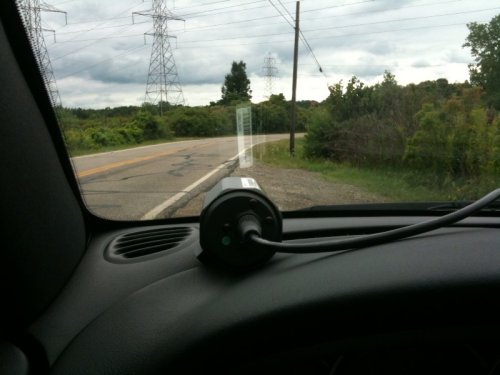
Every single encounter is different: no staged test can show people exactly what they will experience driving down their own roads, with their own detectors. The only true real-world tests are actual real-world encounters. But ultimately, people want an idea of how the performance of the different detectors might compare under real-world conditions. So, we staged a situation that might be similar to a real-world encounter. 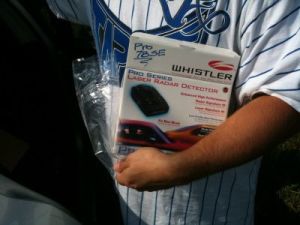 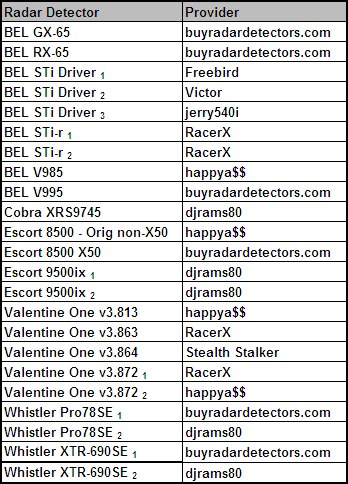 A big thanks goes out to: BuyRadarDetectors.com for sponsoring us by loaning us several brand new retail radar detectors for the test!  We picked out a test course on a curvy road with plenty of cover. Not only would such a road give a real enforcer plenty of places to hide, but it would make things very difficult for radar detectors. The radar was mounted in a vehicle at one end, and the test vehicle with the radar detector approached it from the other. We used a GPS to measure the distance from the point of alert back to the radar source. For videos of some of the actual test runs, visit our YouTube channel at: http://www.youtube.com/user/OFFICIALGOL
  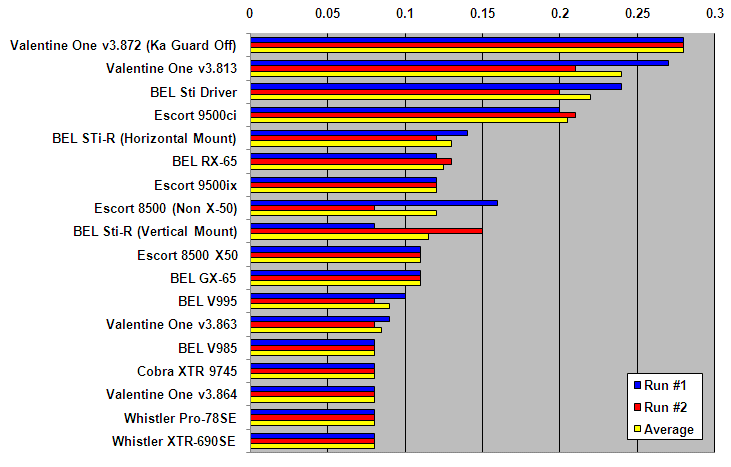 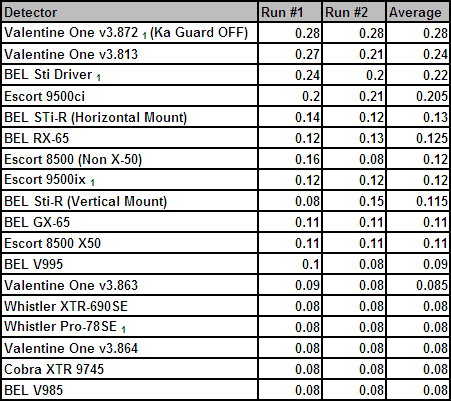 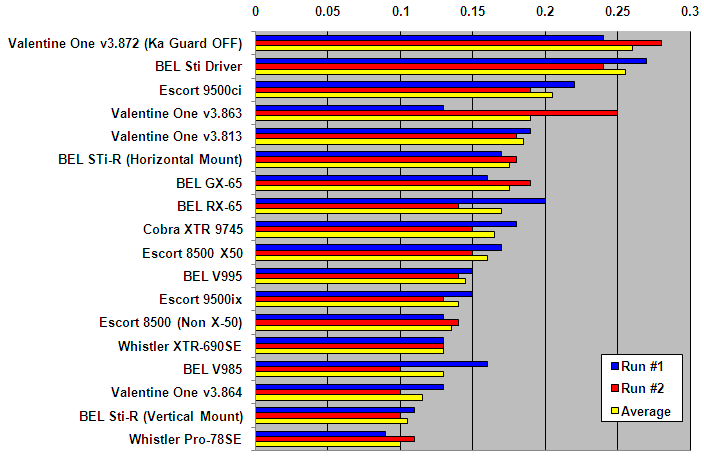 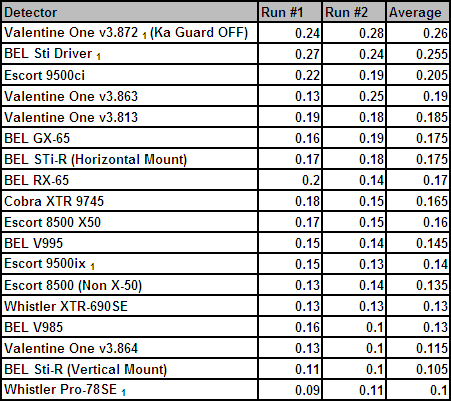 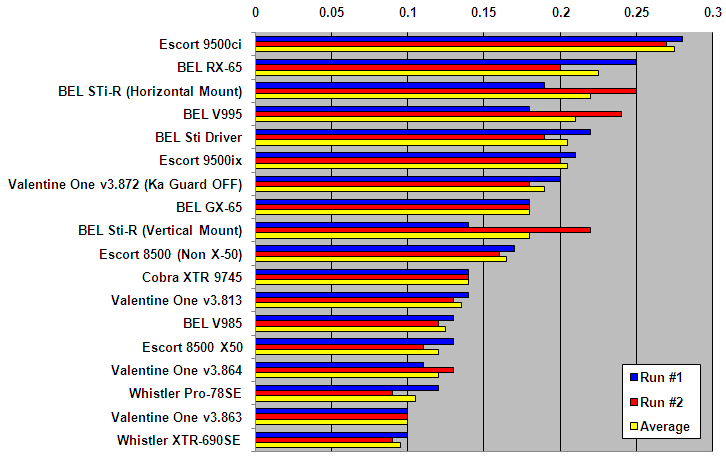 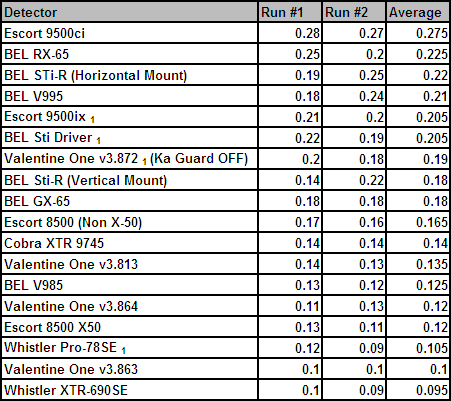 For the first instant-on test, the test vehicle was positioned at a distance where all of the detectors were able to detect constant-on radar. Each detector got three tries at detecting instant-on with a pulse length of 1/2 second and three tries with a pulse length of 1 second. A stopwatch was used to keep the time as consistent as possible. Of course, the time is only approximate since there is some human error involved. But remember: in the real-world, police don't use a stopwatch to time their radar bursts, and you'll be lucky if you get three chances to detect them. NOTE: In the charts below, the cells filled with black denote things which were not tested. 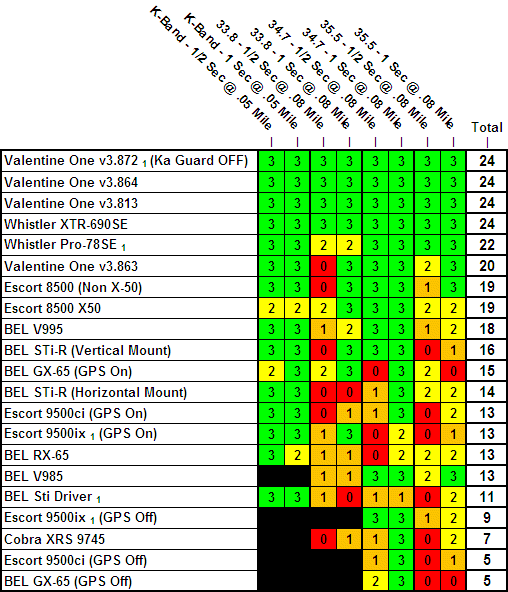 The second instant-on test was performed the same way as the first, but this time the test vehicle was positioned at a point where only the high-end detectors were able to detect constant-on radar. This test was performed to see if additional sensitivity could compensate for the failure to alert to short radar bursts. All of the same detectors were tested to remain consistent.   Our Spectre III test was performed on a straight line-of-sight course to determine the maximum distance the units were detectable by Spectre. The radar detectors were mounted one at a time in a stationary vehicle. The Spectre was mounted in a vehicle which drove slowly towards the vehicle with the detector. At the first alert from the Spectre, the vehicle stopped and the distance to the radar detector vehicle was measured using an LTI Ultralye. The Spectre III was set at maximum gain. Since the idea is to avoid detection by the Spectre, in this test a lower number indicates better performance. 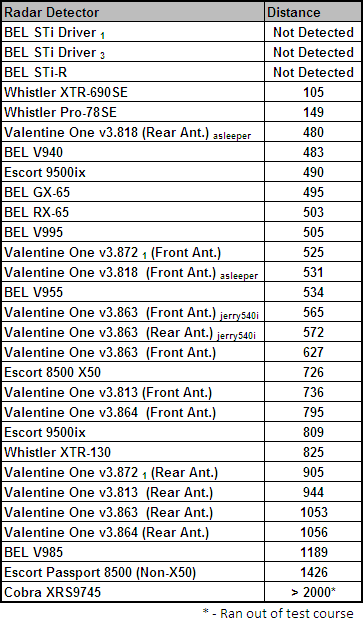 |
HOME | Tests & Reviews | FAQ | Technical Info | Articles | Videos | Links
About GOL | Contact Us | Terms of Use | Site Map